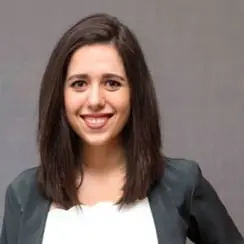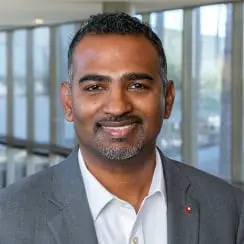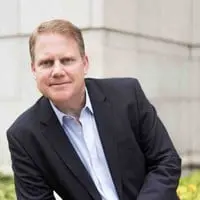 | 1 LU |
Navigating Legislative Changes in Educational Design: A Framework for Architects and Educators
 | 1 LU |
Room: D139-140
Audience: Facilities Personnel
Call to Action: As we delve into the implications of legislative changes for school districts, let’s translate insights into actionable steps. Here are three specific programmatic measures for attendees:
By taking these specific steps, your school district can proactively address the challenges posed by HB 1257, fostering a sustainable and compliant environment for both students and educators. Let’s transform our shared insights into practical initiatives that drive positive change within our school communities.
Abstract: As educational policies undergo continuous evolution, design professionals and educators grapple with adapting to new legislative requirements stemming from the proactive initiatives seen in coastal states. This session delves into strategies for professionals to effectively prepare for and navigate the challenges posed by legislative changes, specifically inspired by Washington State’s HB 1257, and draws parallels with similar legislation across the United States. The presentation explores key aspects of HB 1257 and sheds light on broader trends, showcasing legislative shifts in several states planning or considering legislation akin to Washington's Clean Buildings Act. Examining examples such as California’s ambitious building decarbonization goals, Massachusetts’ “An Act Creating a Green Building Standard,” New York City’s Local Law 97, and Washington D.C.’s “Clean Energy Building Performance Standards Act of 2023,” the session will provide a comparative analysis to enhance participants' understanding. Design professionals will glean insights into seamlessly integrating legal stipulations into their design processes, ensuring compliance without compromising the functionality of learning environments. Concurrently, educators will explore necessary adjustments mandated by diverse legislation and discover how to leverage existing facilities that already meet the evolving mandates. Drawing on diverse case studies and successful examples from various states, this presentation aims to be a comprehensive guide for professionals seeking to proactively address the challenges posed by educational legislation nationwide. Attendees will leave with practical takeaways and actionable strategies and gain a deeper understanding of the symbiotic relationship between design professionals and educators, acknowledging the broader legislative landscape shaping educational facility design.
Learning Objectives:

Tina started her career after graduating from Louisiana State University. The public education she received in Louisiana ignited her interest in educational facilities and their influence on underrepresented communities. She is dedicated to leveraging design and architecture creatively to instigate positive change for students and neighborhoods in need. Typically, these communities stand to gain the most from sustainable solutions. Through her work, Tina has crafted opportunities to tackle these challenges through projects and community engagement.

Prem, a thought leader in sustainability and research-informed design, drives innovation to advance technical design and practice. He leverages data to assess the impact of design on users and the environment. Most recently, Prem played a pivotal role in the team that collaborated with NYC SCA, contributing to the development of a sustainability planning tool. This tool charts a course to achieve the SCA’s ambitious 57% carbon reduction targets from a 2006 baseline, spanning operations across 1500 facilities.

Scott is driven by his passion for school design and sustainability. As DLR Group’s K-12 Education Client Action Strategist, Scott provides the firm with a holistic approach to capital planning and mentorship. He collaborates with design teams to prioritize sustainability and resiliency solutions that reduce carbon footprints. His work results in a positive impact on society, from educating the youth, to reducing carbon emissions, and providing equitable solutions that have a lasting impact.
Educational Facility Implementation, Project Management/Project Delivery
Has a working understanding of how the following areas impact the facility program: regulations and policies; project delivery methodologies; scheduling; preventative maintenance; life-cycle planning; and systems commissioning.